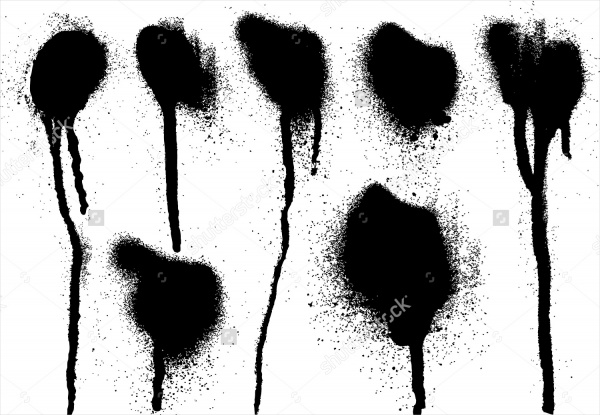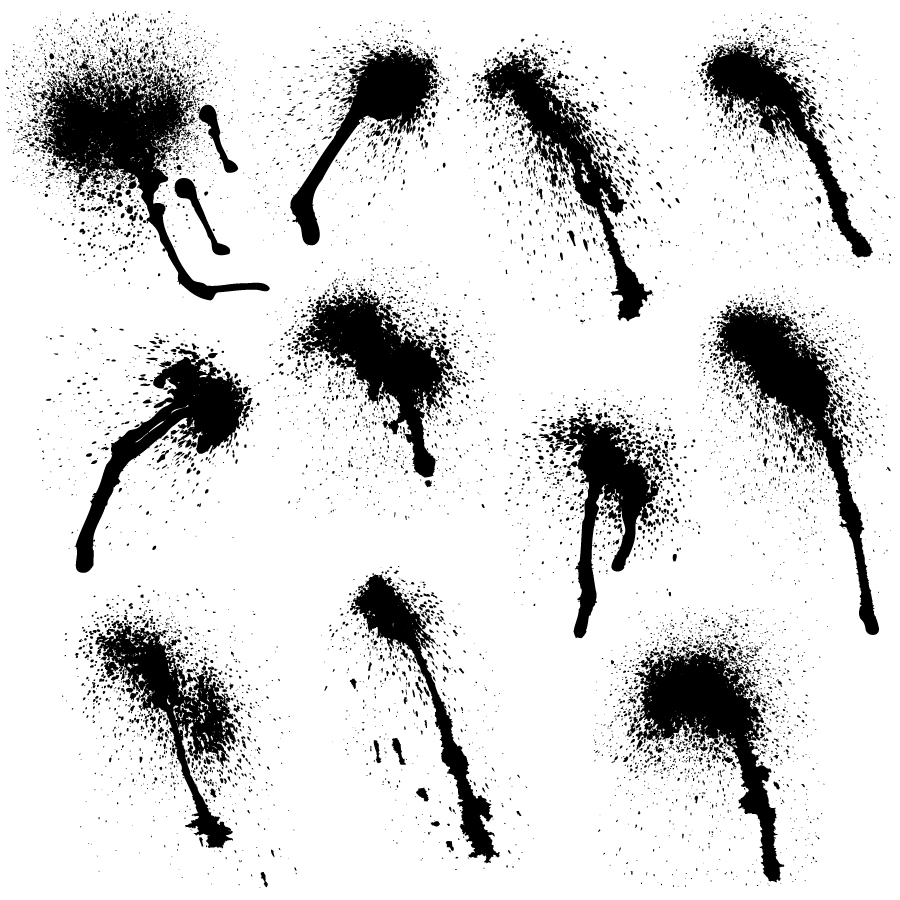
And rather than creating a digital backdrop for the graffiti art, it is painted directly on top of a photo of a bare wall, using layer blending modes to make it look as if it really belongs there.

In this particular case, I've incorporated some basic paint drips, done traditionally, into the digital composition, giving it an authentic feel. Here, in the digital realm, that imperfection is required to lend authenticity to your art.įor the authentic spray paint look, you'll need to incorporate the real thing. And although this imperfection is something you'd try to avoid in the real world. While producing real spray paint art, you get annoying drips littering your masterpiece when you apply too much paint to a single area at once. However, in order to make things feel real, you'll also need to incorporate some real world imperfections.


These two features give the brush tool its authentic spray paint feel and allow you to produce convincing spray paint results. Above all other features, these are key ingredients in producing convincing graffiti art. In this chapter, the standout features are the brush tool's airbrush option and flow settings. Brushes, selections, and layer blending modes are essential Photoshop tools to get the job done. Photoshop offers all of the tools necessary to add innovative digital graffiti to any photographed scene.

All that you need these days is a digital photo, a scanned drawing of your plan, and a little Photoshop know-how. You don't need to place yourself at the mercy of the elements, and you don't need to break the law. To create realistic graffiti art, you no longer have to hit the streets with a backpack full of spray cans, looking for that secluded area where you won't get caught.


 0 kommentar(er)
0 kommentar(er)
